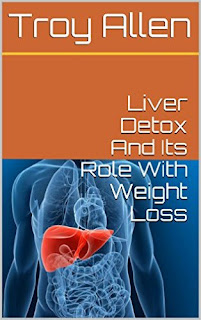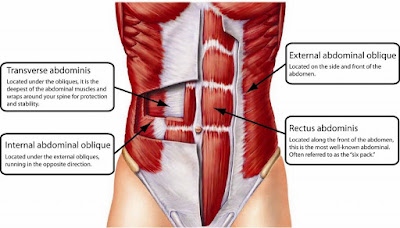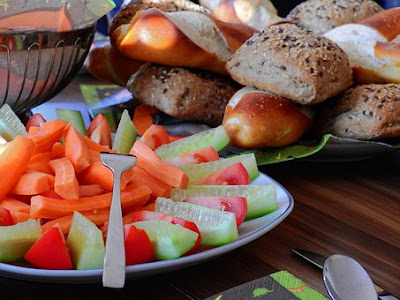Before I get started with this post, I have a confession to make! Finding the best foods to eat for toning can be challenging. One of the main reasons why is steered towards those of biased opinions. You will come across a lot of false information and false promises that will delay your process in finding the right foods. Even though I just made you aware, do not get discouraged as I will try and be as transparent as I can. We can all agree that our food industry is constantly changing. Prices have skyrocketed on certain foods and it is more expensive to get the best, fresh, and healthier foods.
One question you must ask yourself is, "How important is my health?" If you feel that it's one of your top priorities in life, then you will make no excuses in doing whatever is possible to achieve that. We all have that one thing in life that we're going to do no matter what. If you can somehow treat your health like that, then you will definitely progress.
I will reveal to you the most basic guideline you can follow when it comes to deciding what foods to consume for toning. Keep in mind that this is just basic and if you will like a more extensive guide, then you can grab a copy of my eBook from Amazon at the bottom of this blog post.
Basic Guideline
1. Eat foods that are high and have a good source of protein. Consuming more than 100 grams of protein a day is the range that you want to aim for. 20% or higher of your calorie intake should be from proteins as well. Here are some great examples of foods that are high in protein. Salmon, eggs, almonds, chicken breasts, turkey, oats, greek yogurt, tuna, and lean beef. There are plenty more of course, but I'm just keeping it at a basic level.
2. Eat more vegetables aka (veggies). As cliche as that may sound, it's hard to get to that toned level without them. I'm pretty sure you may run into that 1 individual who may have gotten lean without them. But for the majority of us, you will need them so please don't avoid them. All greens are great for toning and here are the best options. Spinach, celery, cabbage, collards, kale, lettuce, tomatoes, turnips, squash, and cucumbers.
3. Fruits! You definitely cannot go wrong with fruits. Now, you do have to worry about the natural sugars that fruits produce but it's a better trade-off than foods with added sugars. So, stay away from fruits or any foods that have added sugar in them. Here are some great choices for fruit selection.
Watermelon, grapefruits, papaya, bananas, apples, and all berries ( strawberry, blueberry, raspberry, etc).
4. Limit the amount of processed foods you consume. Choose whole foods instead that are very low in sodium and high in fiber. Low sodium range should be less than 500 mg a day. To put that in perspective, 1 teaspoon of salt contains about 2,300 mg of sodium. High fiber range for men should be anything over 38 grams a day. Women will be anything over 25 grams per day. This process will help to reduce bloating and water retention which hides your lean muscle. High fiber examples are vegetables, whole grain breads, nuts, any type of seeds, potatoes, and fruits. One thing to add to your memory bank, "Whole foods doesn't need ingredients listed on its nutritional content." That's one main difference when it comes to comparing it to processed foods. Processed foods means that ingredients were added to it.
5. If you consume alcoholic beverages, you really have to cut back on them. So, instead of
turning up, you need to do the opposite and turn down. Not necessarily cut them out entirely but for the sake of becoming lean, stay away from them until you're lean. Alcohol has a lot of uncounted calories and can quickly add up before your realize it. I can honestly say that when I cut out alcohol, I was able to really speed up my results. I do from time to time have a beer or two or an occasional mixed drink, but I promise you it's not a weekly or monthly thing.
6. Until you get to your lean status, you should plan to eat at the same time every day. I know that can be challenging because we have to deal with life as anything can happen that can throw you off course. Aim for 3 weeks when you first start to see if it's something that you can commit to.
7. Be active and perform some type of exercise. Preferably high intensity exercises if your body can handle it. It's very rare to become toned and fit without exercise. How many people do you know have been blessed with that ability?
As much as I would like to give you more, this is just a basic guideline that you can follow to get on the right track. This process will be challenging but you're strong enough to overcome anything once you commit to it mentally. Now, you have the tools for you to get started. It's all up to you! Much success on your lean journey!
If you've found this information helpful, feel free to share it with your family, friends, and on your social media sites. Leave a comment or post your questions if you have any in the comment box below.
Thank you for taking the time to read this blog and I hope it blesses you in so many ways!
Follow and SUBSCRIBE to my YouTube channel by clicking on the link
below for relevant videos about workouts, nutrition, and fitness.
https://youtu.be/cVoKxTm8Ij8






